Blog Posts
NYSHEX Blog
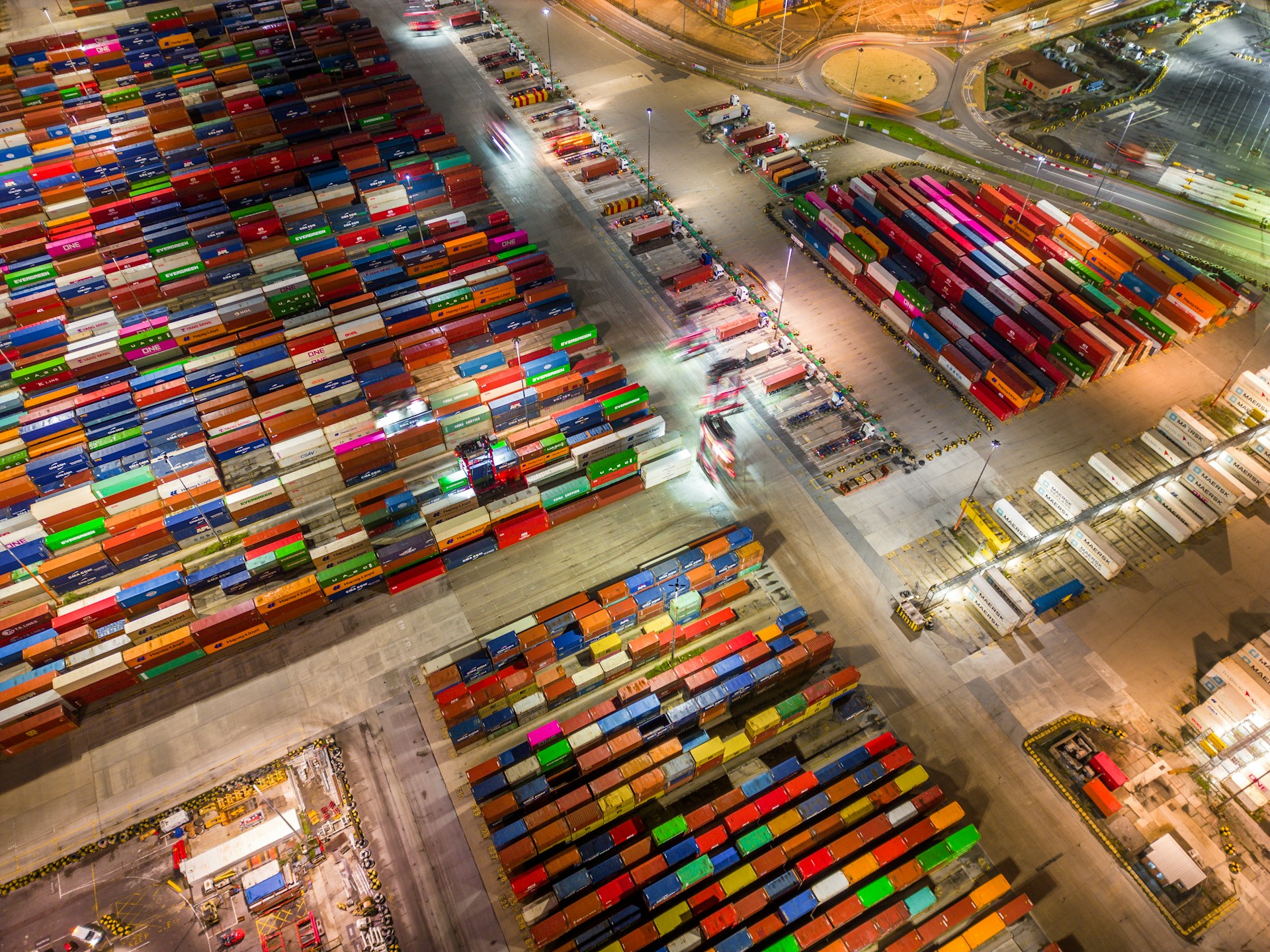
Rethinking Freight: Why It’s Time for Smarter Contracts, Data-Driven Decisions, and a Cultural Shift in Ocean Shipping
By: Martin Coudurier, NYSHEX Director of Commercial
Continue Reading.jpg)
Index-Linked Contracts and 3 Very Important Questions
By: Gordon Downes, NYSHEX CEO and Co-Founder
Continue Reading.jpg)
Why Index Methodology Matters for Index-Linked Contracts
By: Rich Heath, NYSHEX VP of Financial Products
Continue Reading.jpg)
What Even Is an Index-Linked Contract?
By Sarah Conyngham, NYSHEX SVP of Product & Operations
Continue Reading
Digitizing Won’t Fix Chaos: Why Ocean Shipping Still Can’t Deliver on Contract Fulfillment
By: Yanzhi Hu, NYSHEX Managing Director, Asia
Continue Reading
Would You Bet Your Job on the Container Freight Market?
By: Jeremy Haycock, NYSHEX Managing Director of Europe
Continue Reading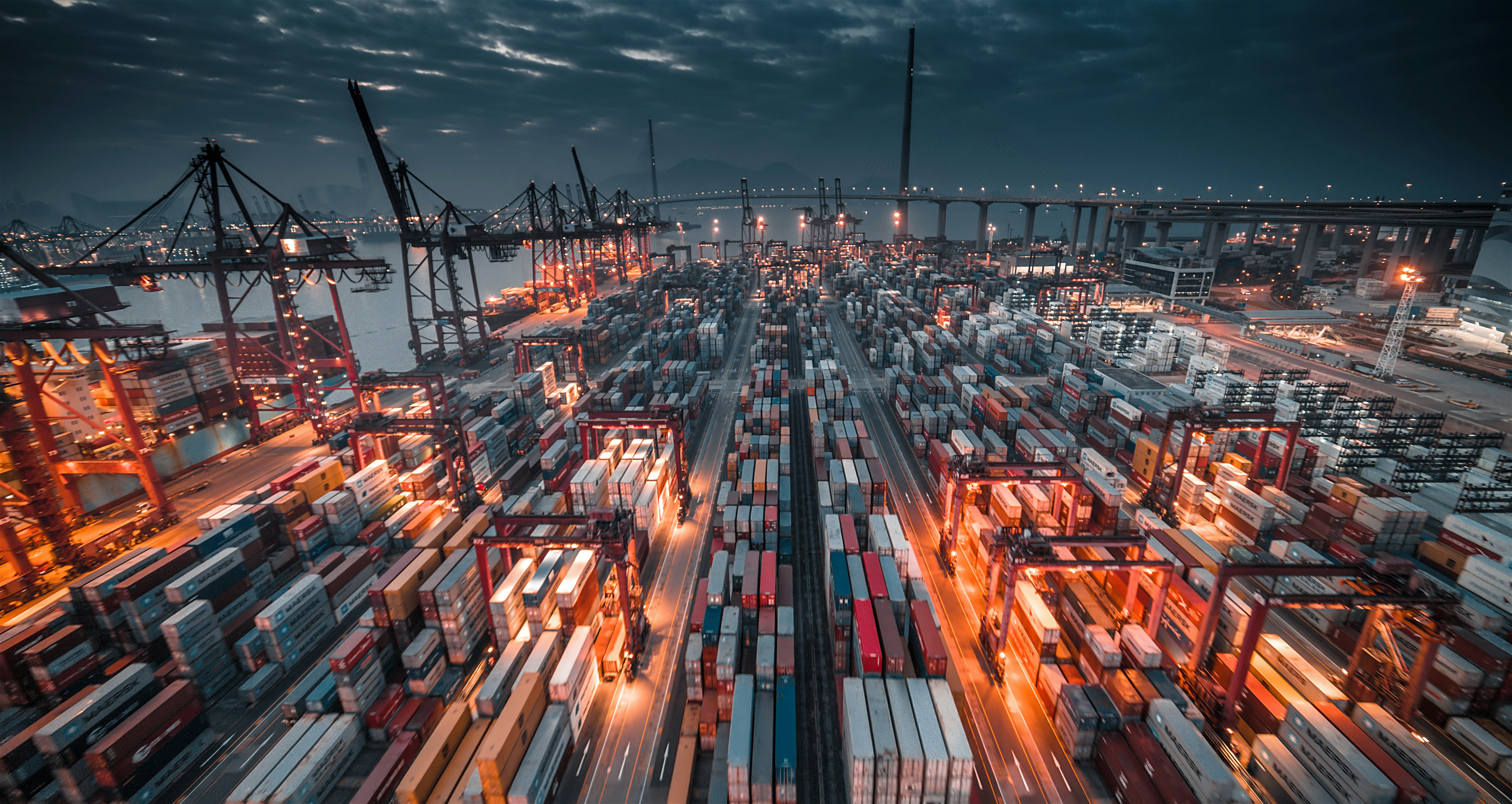
NYSHEX Announces First Close of Series C Funding Round
New York, NY —The New York Shipping Exchange (NYSHEX), a leader in digital contracting and performance management for the container shipping industry, is excited to announce the fi...
Continue Reading
NYSHEX Partners with MSC to Digitize Contract Performance
The New York Shipping Exchange (NYSHEX), a leader in digital shipping solutions, is pleased to announce our collaboration with MSC, the world’s largest shipping line, to enhance th...
Continue Reading
Three Trends I Observed During Two Years on the Service Provider Side
By: Bryan Most It is super exciting for me to come back to an advisory role with NYSHEX after having spent the last couple of years on the 3PL and service provider side of the busi...
Continue Reading
What Is Shared Digital Infrastructure and What Is Its Role in Logistics?
In the fast-paced world of logistics, where supply chains stretch across continents and delivery windows are shrinking by the day, shared infrastructure plays a crucial role in kee...
Continue Reading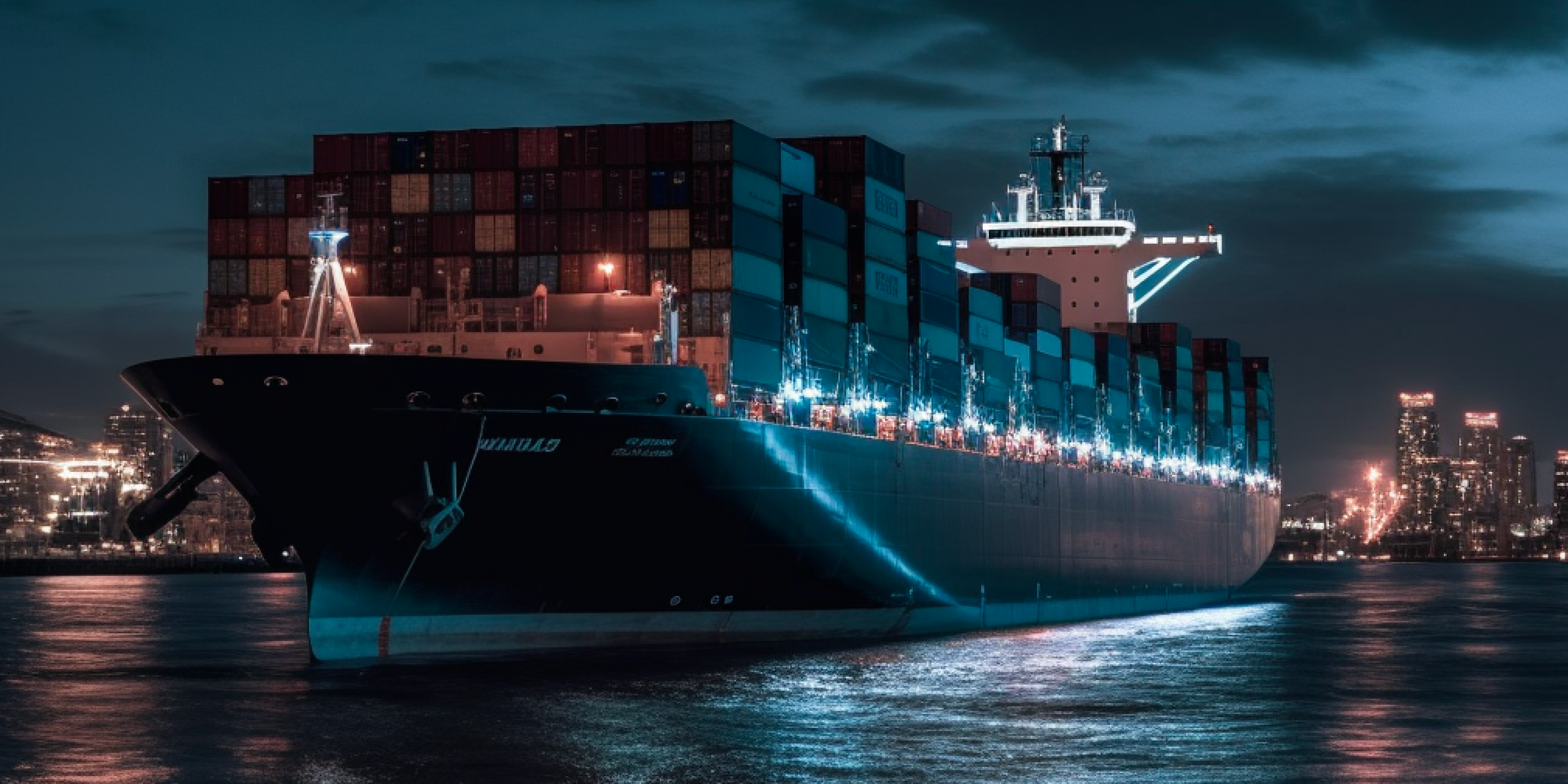
Crocs, Inc. Vice President of Global Distribution & Logistics joins the NYSHEX Board
Mary McNelly, VP of Global Distribution & Logistics for Crocs, Inc. selected to serve as Shipper Representative Director
Continue Reading
Not All “Contracts” Are Contracts – And That’s a Good Thing
SCFI spot rates have now dropped to $3,050/FEU to US WC and $3,545/TEU to Europe. Overall spot rates are down 27% from a month ago. At this point most shippers who signed contracts...
Continue Reading
Thinking About Adopting an Allocation Management Tool? Here Are 3 Ways It Can Help
Freight management is constantly growing, generating tremendous interest in finding today’s best allocation management tools. Still, the connected world of freight management carri...
Continue Reading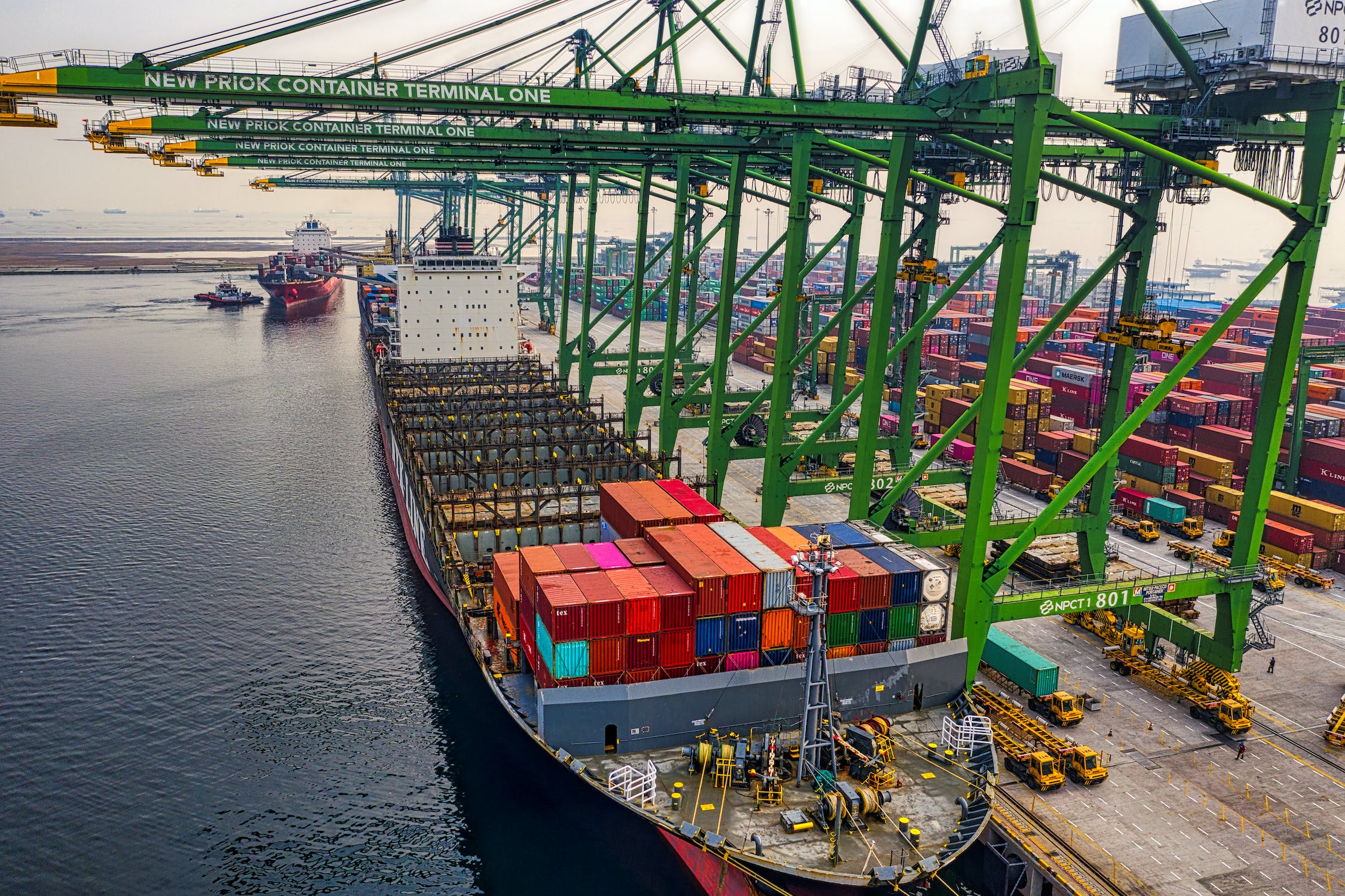
NYSHEX Closes $25M Series B to Improve the Reliability and Efficiency of Global Shipping
Investment will accelerate the development of digital infrastructure for the global shipping industry. September 14th, 2022 – NYSHEX, the leader in ocean contract performance techn...
Continue Reading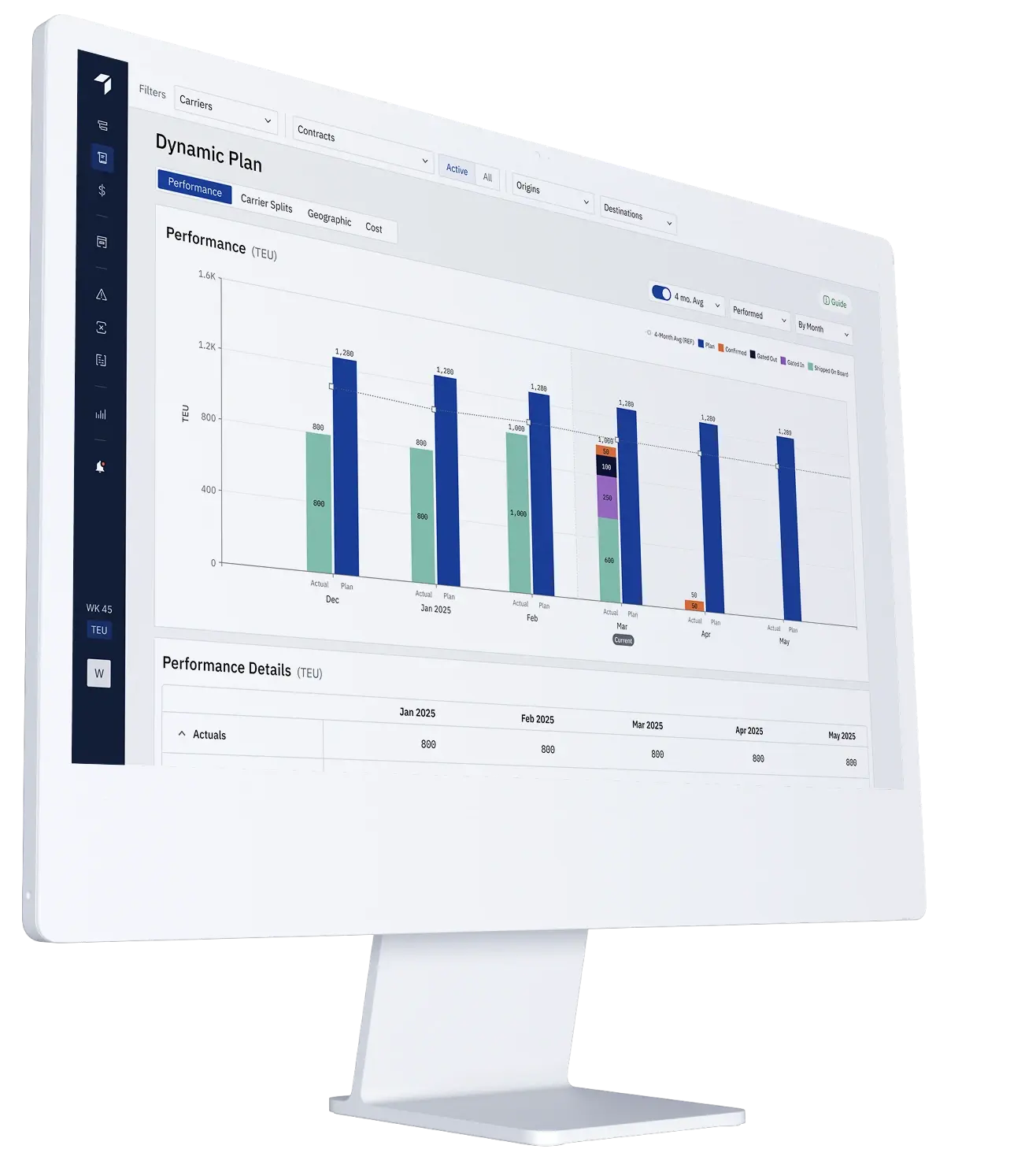
5 Signs You’re Ready to Add Allocation Management Software to Your Tech Stack
As noted by Shopify, businesses are searching for new ways to succeed in an evolving delivery economy, with e-commerce sales expected to crest $5 Trillion in 2022 and reach a stagg...
Continue Reading
3 Ways Allocation Management Tools Help Shippers Maximize Utilization
With 95% of consumers now considering fast shipping as “delivery done on the next day,” according to FreightWaves, businesses are under more significant pressure than ever to provi...
Continue Reading
What is Allocation Management Software?
With 29% of U.S. Consumers saying they’ll shop online more after the COVID-19 Pandemic, according to FreightWaves, it’s becoming clear that the pandemic boom in eCommerce is here t...
Continue Reading
How to Be Proactive, Not Reactive, With Your Allocation Management
With 69% of customers saying they won’t shop with a retailer again if their package isn’t delivered within two days of the expected date, according to SupplyChain24/7, it’s more im...
Continue Reading
The Cost of Reactively Managing Your Allocation
Poor allocation management solutions can lead to massive cost increases across the supply chain. Despite these costs, many companies still rely on legacy processes and inefficient ...
Continue Reading
The Importance of Standardization When Managing Allocation Across Multiple Ocean Contracts
Proper supply chain optimization begins with standardization. The frantic growth of the supply chain and congestion of trade lanes has made it more difficult than ever for logistic...
Continue Reading
4 Strategies to Improve Your Allocation Utilization and Prevent Contract Shortfalls
Allocation management remains a challenge for many shippers. According to Inbound Logistics, 48% of shippers rate their forecasting technology as average to very poor. While that s...
Continue Reading
3 Reasons Shippers Struggle to Manage Their Allocation
For BCOs, managing their allocation has always been a struggle due to the many variables that can result in shortfall and missing out on containers they contracted for. As explaine...
Continue Reading
The Pitfalls of Using Excel to Manage Your Allocation
The global supply chain continues to endure massive challenges, including lacking capacity and failure to utilize such capacity fully. According to the Drewry World Container Index...
Continue Reading
Causes of Poor Contract Utilization and What to Do About It
Though the World Container Index has dipped slightly in recent weeks, it’s important to note the large-scale growth the WCI has seen in recent years. According to Drewry, on May 12...
Continue Reading
What’s Limiting the Ability of Shippers to Fully Utilize Their Allocation and How Integration Helps
The recent delays surrounding ocean cargo capacity can be traced back to early 2019 and the onset of COVID-19 when customers across the globe fueled a higher-than-ever demand for c...
Continue Reading
3 Reasons Ocean Contracts Fail and How to Overcome Them
The freight management world continues to experience disruption after disruption. From late 2021 through early 2022, world container rates soared beyond imagination. In response to...
Continue Reading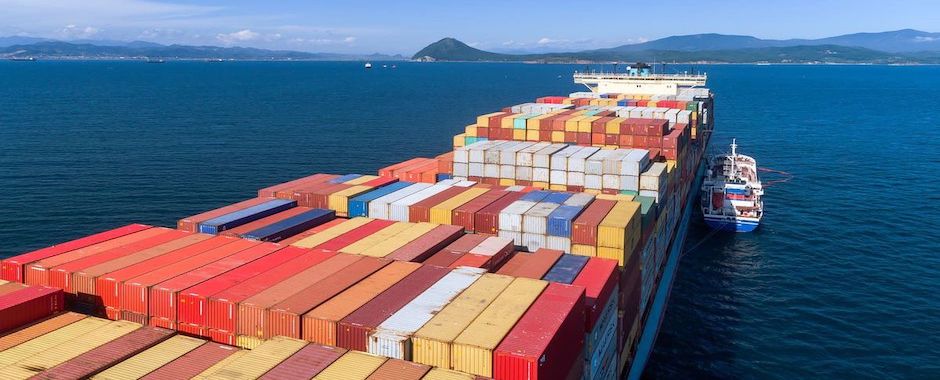
4 Ways to Optimize Allocation and Reduce the Cost of Non-Performance
Come foggy waters, a lighthouse can guide a ship safely to port. In logistics, visibility is vital, and we’re not talking only about navigation. Poor visibility with freight alloca...
Continue Reading
Four Revealing Insights from TPM ’22 Highlight the Value of Relationships and Reliability
After a three-year hiatus, TPM 22 provided carriers, shippers, and other stakeholders a chance to catch up and work through the thorny issues that plague our industry. The conferen...
Continue Reading
NYSHEX Records 340% Revenue Growth and Triples Shipping Volume
Technology solution removes risk, providing a predictable, efficient system for global commerce New York, New York – NYSHEX, the leader in two-way committed contracts, today announ...
Continue Reading
NYSHEX Appoints Jesper Praestensgaard as Executive Chairman to Support Next Phase of Rapid Growth
New York, New York – March 24, 2022 – NYSHEX, the leader in two-way committed contracts, announced it has appointed Jesper Praestensgaard as Executive Chairman. Praestensgaard join...
Continue Reading